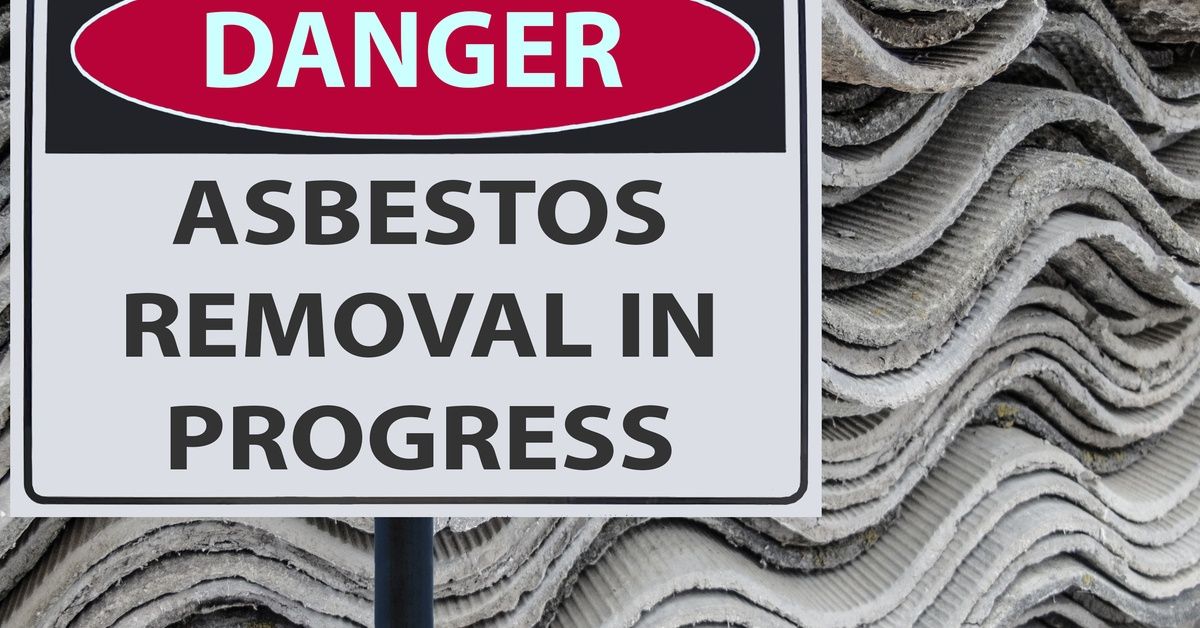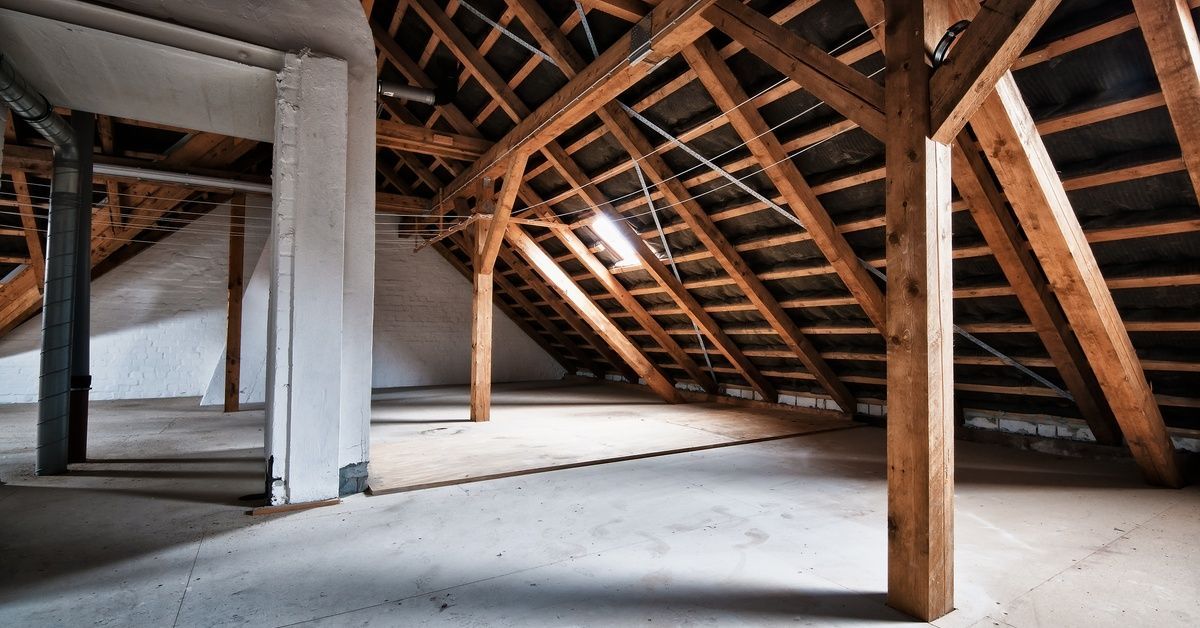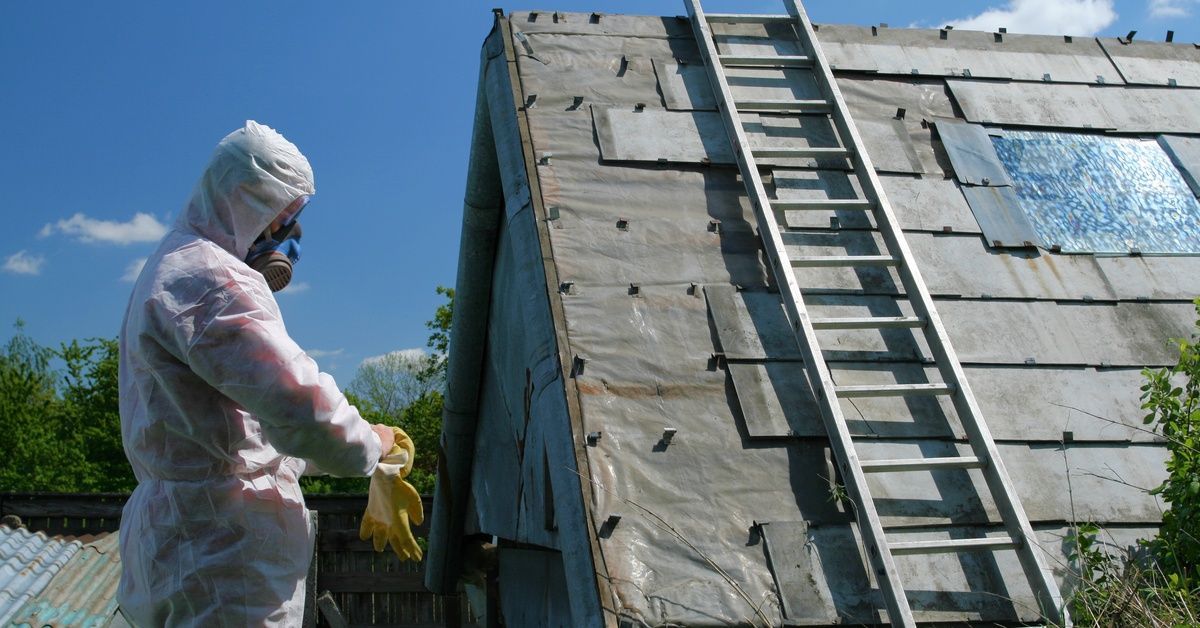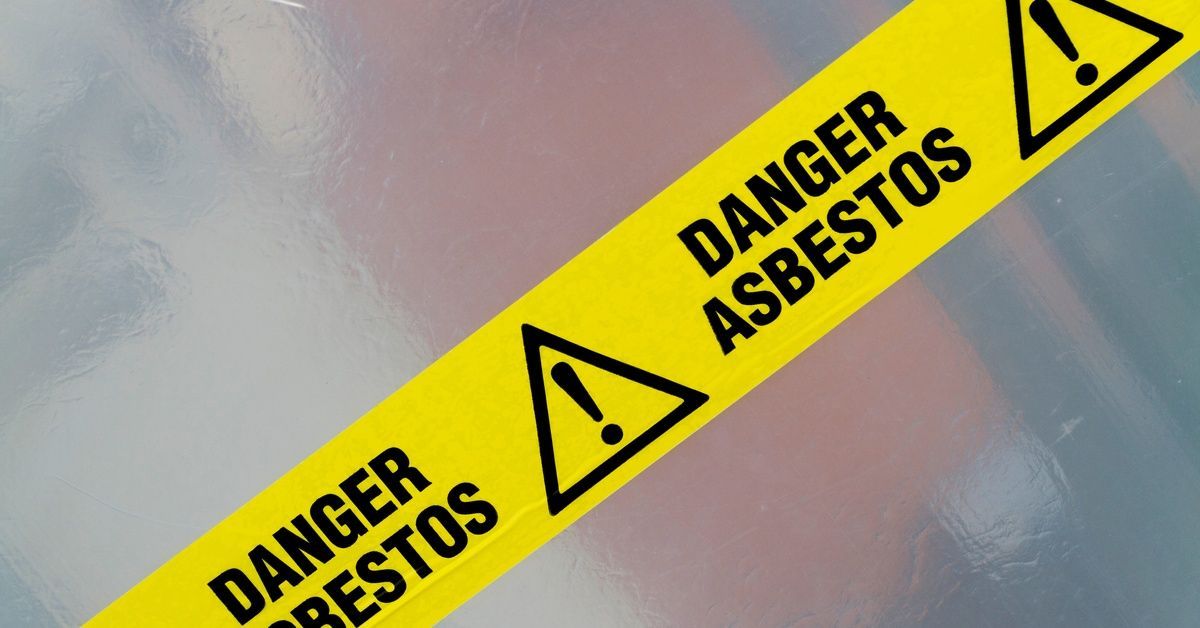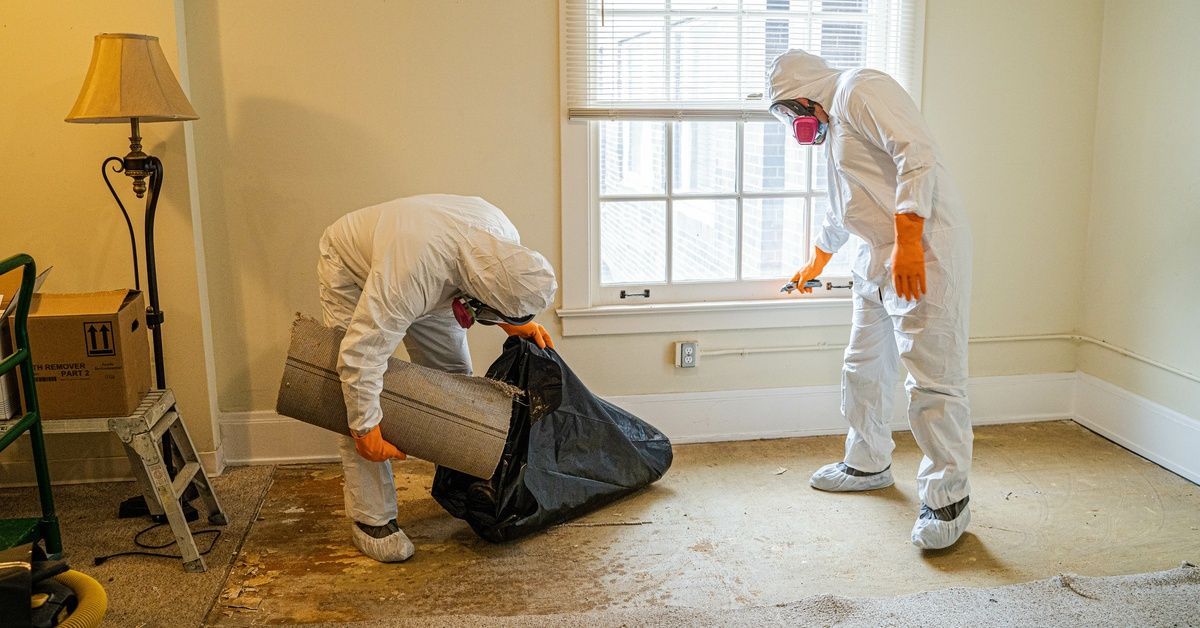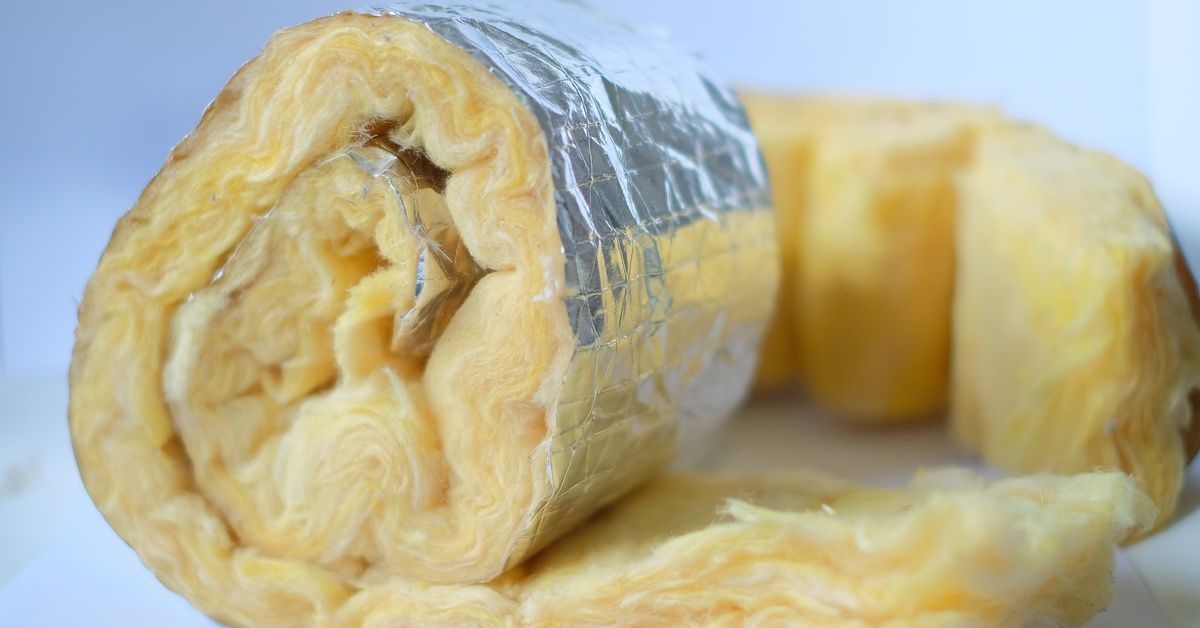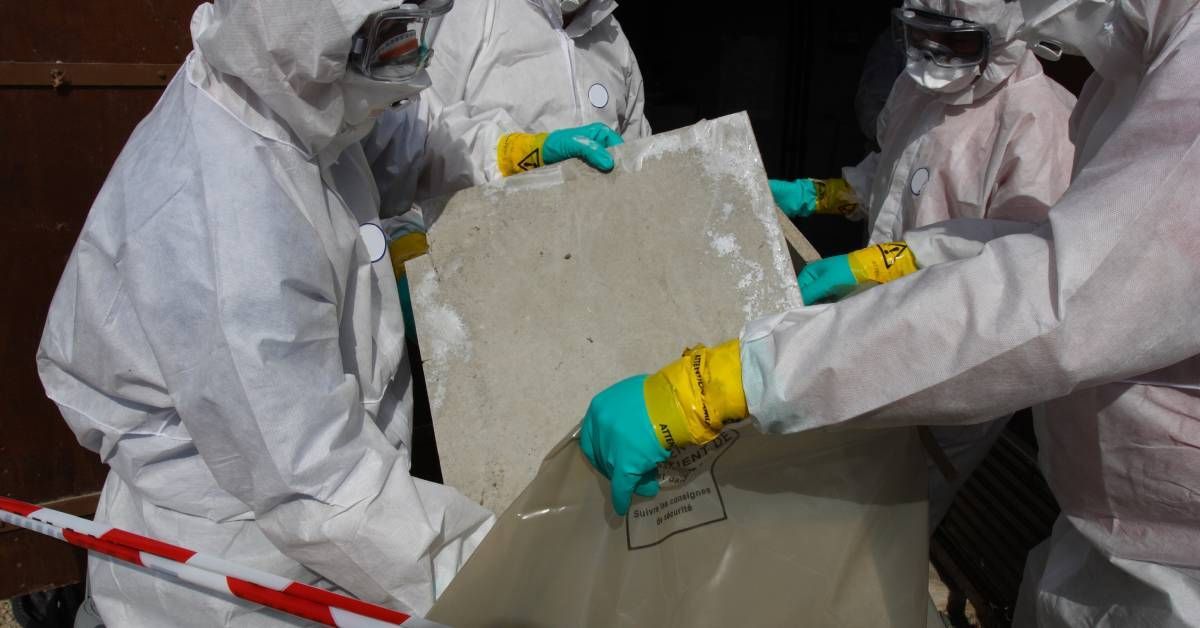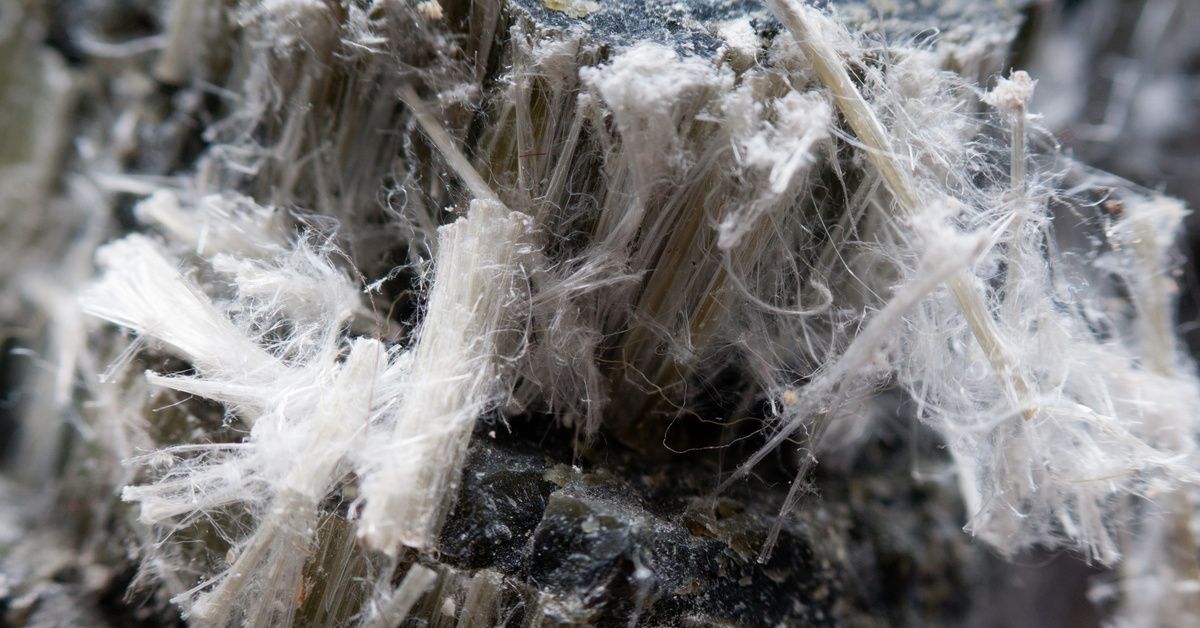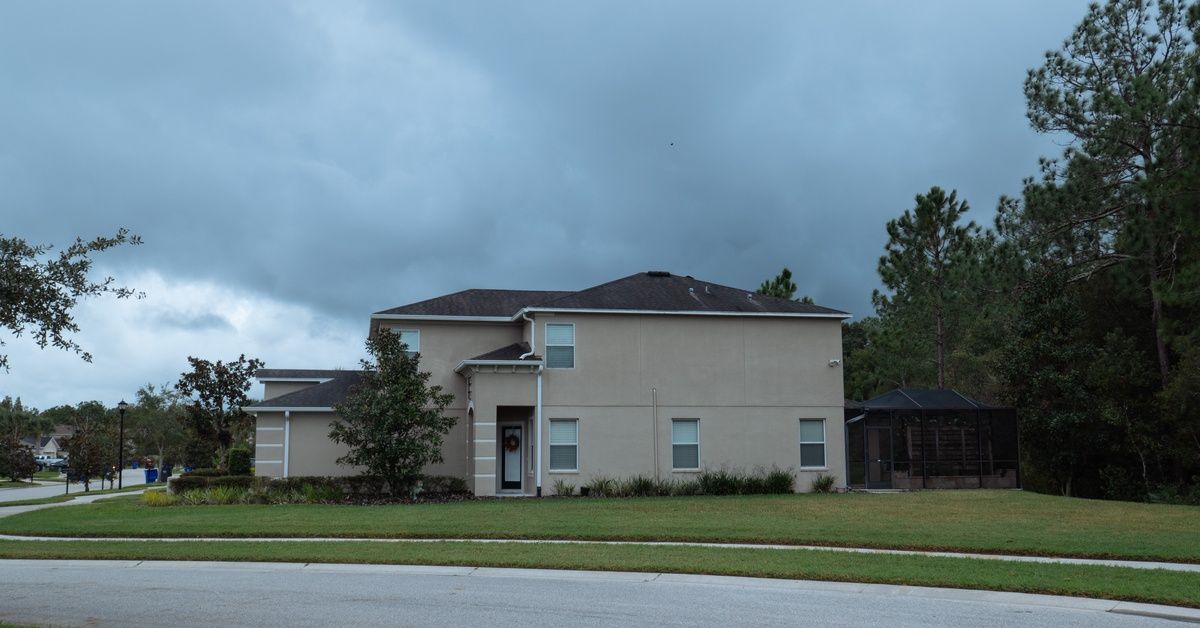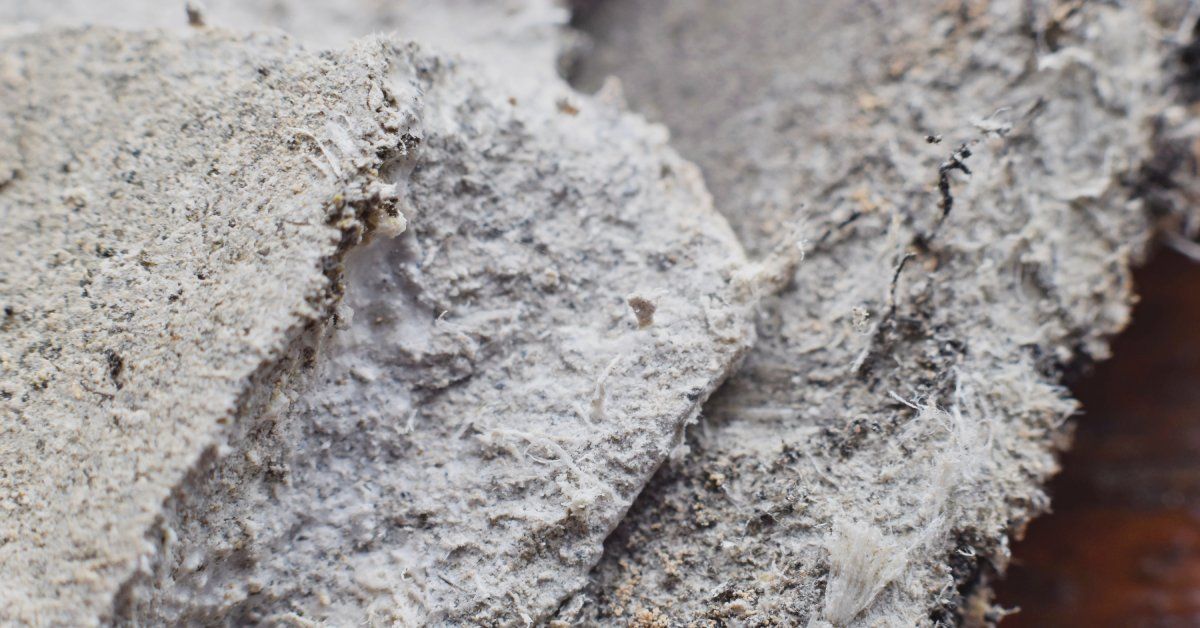What Are the Different Types of Insulation?
Before you pick up your hammer, you need to ask yourself, “What are the different types of insulation, and what’s the best way of identifying the correct type in the walls?” Even if you’re only knocking a wall down, it’s better to know what you’re dealing with and what the material looks like before proceeding. Luckily, there are insulation removal services out there that can help. But first, let’s look at the forms of insulation in homes.
Loose-Fill Insulation
Loose-fill (blown-in) insulation contains recycled materials, such as recycled paper, fiberglass, or mineral wool. Also, it can even come from vermiculite. A professional will place a tube near an open area in a wall and blow it into the crevices when installing it.
The use of loose-fill insulation helps keep moisture out and locks warm air in the winter. However, when removing loose filling, you should hire a vermiculite insulation removal company before trying to take out the material yourself.
Blanket Insulation
Blanket insulation comes in pre-cut sections that typically contain fiberglass, mineral wool, and other flexible materials. When used, the material adjusts to fit underneath joists, beams, and studs of walls.
You can typically find this insulation in a batt or rolled with vinyl, kraft paper, or foil. Since the insulation comes with an air barrier, it helps with noise reduction and can save energy. However, if you’re looking to use it, you should still hire a professional.
Reflective Insulation
A more modern type of insulation, the reflective barrier, helps prevent heat from coming into the home through the roof. If your home is in a cooler climate, it’s better to avoid using this since it won’t be effective and will make the house feel drafty.
Spray Foam Insulation
Spray foam distributes through a section of a wall. It helps block out outside noise and cold air. Spray foam is not only the safest alternative, but it’s more effective compared to other insulation types.
When it’s in walls, spray foam insulation coats electrical and plumbing components while also layering itself across other insulation. However, it can cause health problems if you expose yourself to it unprotected during installation. So it’s always better to have a professional spray the inner walls with the material instead of yourself.
In Conclusion
Now that you’ve read about four of the different types of insulation, you have a better idea of the materials that might be in your home. You may also know the best type to use in your walls to improve protection from the cold and humidity.
However, you may already have insulation in your walls, attic, or basement piping that’s harmful. If you aren’t sure what to do, call Air Safe, Inc. We help many homeowners remove insulation materials harmful to their health. Contact us for more information on vermiculite removal or our other services.

